In today’s world, where environmental responsibility is becoming more than just a buzzword, industries are being urged to reconsider their reliance on non-renewable resources. The rubber industry, one of the largest contributors to industrial waste, has found a compelling solution in whole tyre reclaimed rubber (WTR). This material breathes new life into discarded tyres, converting waste into a versatile and sustainable product with far-reaching benefits.
Journey of Whole Tyre Reclaimed Rubber
The journey of whole tyre reclaimed rubber begins in what many consider the end of the road: piles of used tyres. Millions of tyres are discarded every year across the globe, posing a serious threat to the environment. They take decades to decompose and are known to leach harmful chemicals into the soil and groundwater. Instead of leaving these rubber giants to rot in landfills or worse, burning them—reclaiming them offers a sustainable alternative. The recycling process begins with collecting and sorting the scrap tyres, ensuring only suitable materials enter the next phase.
These tyres are then shredded into smaller pieces to make them manageable for further processing. Steel wires and other impurities are carefully removed, after which the rubber goes through a devulcanization process. Vulcanization, which gives rubber its strength and elasticity, is reversed during devulcanization, breaking down the chemical bonds so the rubber becomes pliable again. This is the most crucial step in converting scrap tyres into a reusable raw material. What emerges from this process is a soft, malleable rubber compound—WTR—that can be integrated into a wide range of manufacturing applications.
The uses of whole tyre reclaimed rubber are vast. It’s commonly found in the production of tyres, rubber mats, conveyor belts, automotive components, and even footwear. Its durability, elasticity, and cost-effectiveness make it a preferred material for manufacturers seeking to reduce their environmental footprint without sacrificing quality. Not only does WTR reduce the demand for new rubber, but it also significantly cuts down on energy consumption, carbon emissions, and industrial waste.
One of the greatest advantages of whole tyre reclaimed rubber is its contribution to the circular economy. Instead of following the traditional linear model—produce, use, and dispose—WTR promotes a regenerative approach. It turns waste into a resource, giving it a second life and reducing the need for new raw materials. This not only helps conserve natural resources like petroleum, which is used in synthetic rubber, but also drives cost efficiency in production cycles.
Economic Impact of WTR
The economic impact of WTR can’t be overstated. As the global prices of raw rubber materials fluctuate, reclaimed rubber provides a stable and more affordable alternative. Manufacturers who integrate WTR into their production lines enjoy lower costs while meeting sustainability goals and often gaining favor with environmentally conscious consumers. In sectors where margins are tight, this edge can make a substantial difference.
Equally important is the role WTR plays in regulatory compliance. With governments and international bodies tightening environmental standards, companies using sustainable materials like reclaimed rubber are better positioned to stay ahead of regulations. Additionally, many countries now offer incentives and tax breaks to businesses that use recycled materials in their production processes.
Despite the numerous benefits, challenges remain. Quality consistency can vary between batches of reclaimed rubber, and not all WTR performs identically to virgin rubber. However, advances in processing technology and quality control are narrowing this gap. As the industry matures, we’re seeing reclaimed rubber that matches, and in some applications even exceeds, the performance of its virgin counterparts.
In conclusion, the lifecycle of whole tyre reclaimed rubber is a powerful testament to how innovation and environmental responsibility can go hand in hand. From being a discarded piece of industrial waste to becoming a vital raw material for sustainable manufacturing, WTR is reshaping how we think about waste and resources. It is not just a product—it is a solution, a movement toward a cleaner, more conscious world of manufacturing.
FAQs
Q1: What is whole tyre reclaimed rubber used for?
WTR is used in tyres, rubber sheets, mats, belts, and automotive parts due to its strength and elasticity.
Q2: How is WTR environmentally beneficial?
It reduces landfill waste, cuts down on energy use and emissions, and conserves raw materials.
Q3: Can WTR match the quality of virgin rubber?
With modern technology, high-quality WTR can match many properties of virgin rubber in various applications.
Q4: Is the WTR process cost-effective for manufacturers?
Yes, it lowers raw material costs, reduces energy consumption, and aligns with sustainability mandates.
Q5: What is the future outlook for reclaimed rubber?
The future is promising, with growing demand driven by environmental awareness and government regulations.
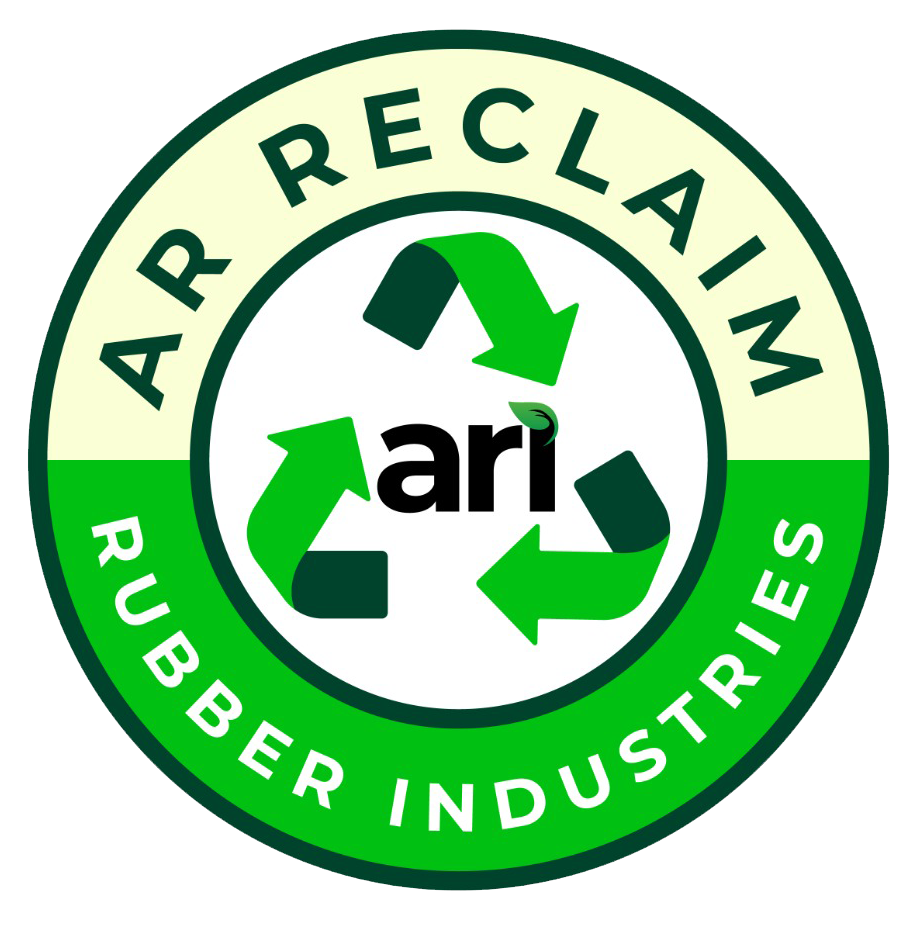
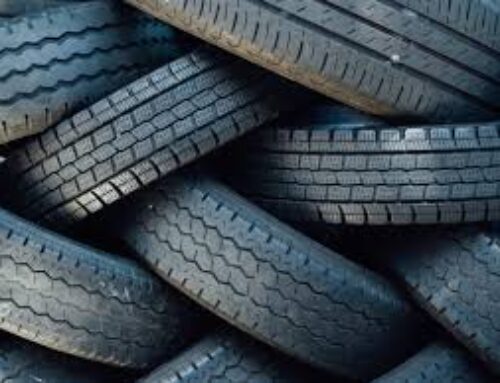
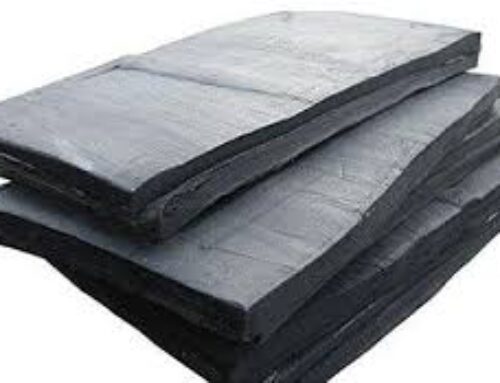
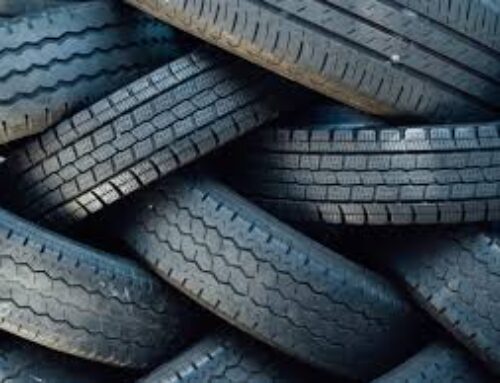

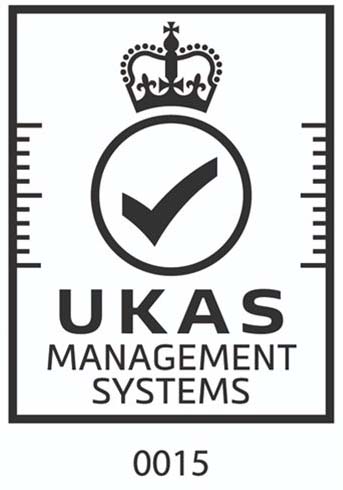
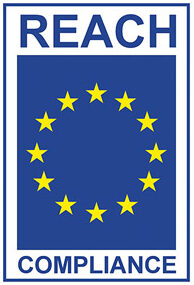

Leave A Comment